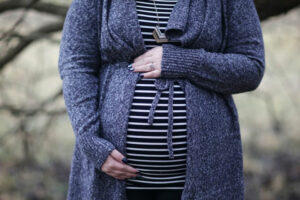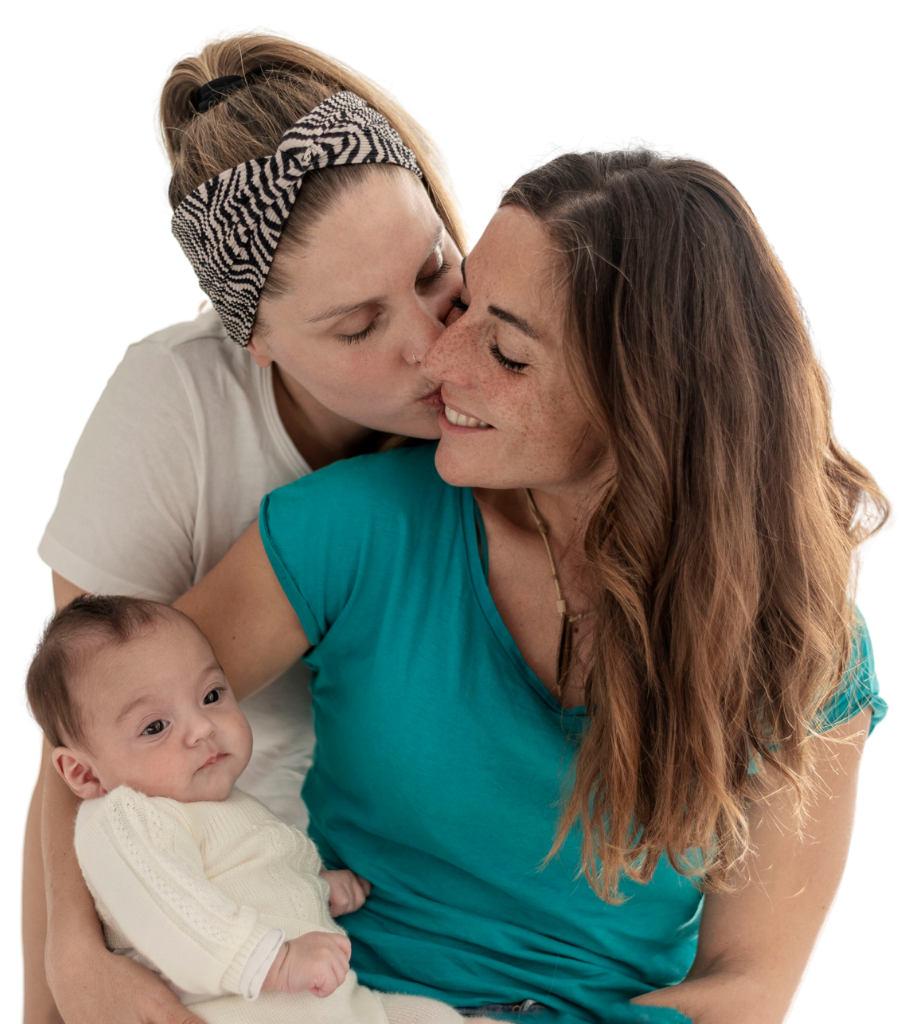When a woman decides she does not want to have more children, she may opt for a tubal ligation to prevent future pregnancies. A tubal ligation is a medical procedure that is meant to be a permanent form of birth control. Before going down that road, it’s important to be absolutely sure your family is complete.
Of course, we know that feelings and circumstances can change. One of the most common questions we hear from prospective patients who want to expand their family is: “Can I get pregnant after a tubal ligation?”
The short answer is: possibly. Though each case is different, there may still be hope to have a baby after a tubal ligation.
What is a tubal ligation?
In the female reproductive system, the fallopian tubes, which connect the uterus and ovaries, allow for the sperm and egg to meet, and then transport the developing embryo back into the uterus. In a tubal ligation procedure, the fallopian tubes are “interrupted,” which significantly reduces the chance of future pregnancy.
Tubal ligation is generally very safe, but as with any surgical procedure, there are risks. Though it is small, there is a risk that the procedure fails to prevent pregnancy.
If a woman gets pregnant after a tubal ligation, she is at higher risk for an ectopic gestation — where the embryo implants in the fallopian tube rather than the uterus. Due to scar tissue, the embryo may get stuck in the tube and not reach the uterus. If a woman who’s had a tubal ligation ever misses a period, she should take a pregnancy test. If the test is positive, she should contact her OB/GYN right away to evaluate her risk of ectopic pregnancy.
What are the different types of tubal ligations?
There are different forms of tubal ligations. One of the most common types is a postpartum tubal ligation, which is performed within 1-2 days after delivering a baby, or during a C-Section delivery. This involves surgical incisions to the pelvic cavity, and has the lowest risk of failure.
If a tubal ligation is performed as an outpatient, laparoscopic procedure and not in conjunction with childbirth, there is a higher risk of failure.
There are various ways of blocking the fallopian tubes during a tubal ligation. Options may include cutting, tying or burning the tubes, as well as placing small rubber rings or metal clips around the tubes.
What are my options of getting pregnant after a tubal ligation?
If a woman’s life situation changes, and she wants to get pregnant after a tubal ligation, there are usually two options: a tubal reversal or in vitro fertilization (IVF).
Tubal ligation reversal
Because a tubal reversal is a surgical procedure, it comes with the usual risks. Some tubal ligation methods are easier to reverse than others. For example, tubal ligations using clips destroy only a very short segment of the tubes and leave more healthy tissue. In contrast, methods that use cautery to burn the tubes destroy a significant portion of the tubes and are harder to successfully reverse.
Tubal reversal is usually done using either a robotic approach or laparoscopic approach with the help of high-magnifying loops or glasses. The scars at the end of the tubal segments are removed, and the healthy tissue is re-connected with very thin sutures — thinner than a hair — which can only be seen under the microscope. Usually several layers of sutures are placed to allow for healthy healing, and the patency of the tubes is tested with dye.
After a tubal reversal, the average chance that one fallopian tube becomes patent and allows for a pregnancy is approximately 50%. The risk for an ectopic gestation is high, as the tubes may scar after surgery. Any patient who becomes pregnant after a tubal reversal needs to be monitored very closely to make sure the pregnancy implants within the uterus and not the fallopian tube.
IVF and tubal ligation
The other option for women who want to get pregnant after a tubal ligation is IVF, which is defined as any fertility treatment where both an egg and sperm are removed from the body and used to create an embryo in a lab setting. The embryo is then placed back into the uterus to grow and develop.
Many patients who’ve had a tubal ligation are excellent candidates for IVF, especially if they have the same partner as they did prior to their tubal ligation.
Assuming there are no concerns about egg or sperm dysfunction, the only barrier to prevent a woman with a tubal ligation from getting pregnant is her blocked fallopian tube. That can easily be bypassed with IVF. In fact, IVF after tubal ligation offers the highest chance for success compared to all other indications for IVF.
More about pregnancy and tubal ligation
Here are some things a woman should consider when deciding between tubal reversal surgery and IVF:
- How many more children does she want?
- What is the woman’s age? As women get older, their ovarian reserve decreases. IVF may give a higher chance for success overall.
- Does her partner have a normal sperm count? If the sperm count is low, the chance for a successful natural conception is low, and IVF may give a much higher chance for success.
- Does the couple desire genetic testing on the embryos prior to implantation? That can only be accomplished with IVF.
If you’re thinking about having a baby after a tubal ligation, let our fertility experts do a comprehensive evaluation to determine your best options for treatment. Call us for a consultation at (502) 897-2144.





